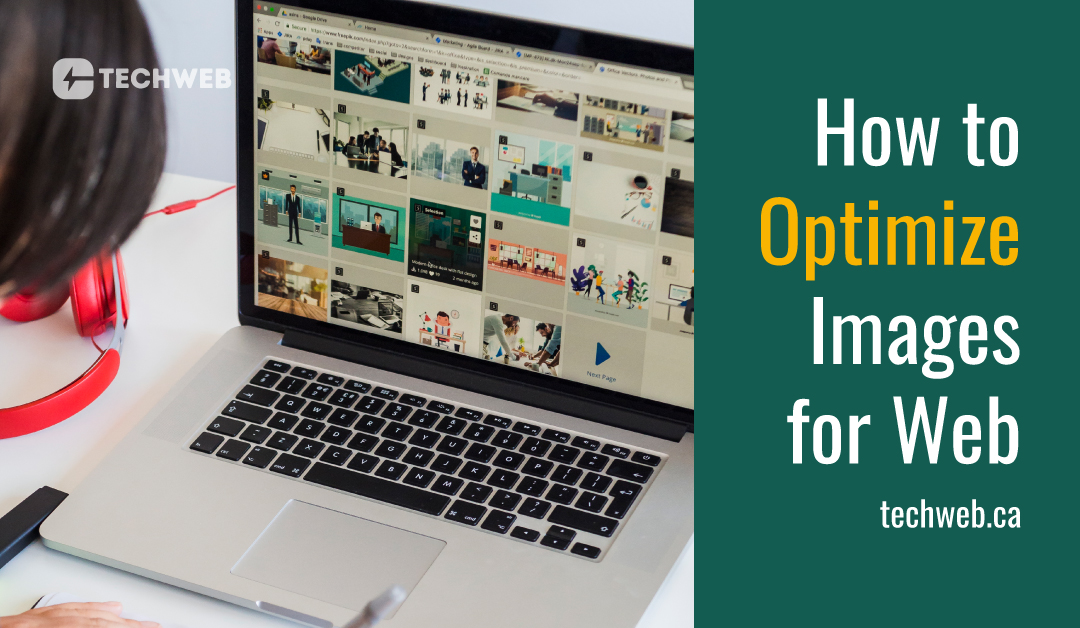How to Optimize Images for Web
In today’s digital age, a website’s speed and performance are critical for providing a positive user experience. High-resolution images, while visually appealing, can slow down your site’s loading time significantly. To strike a balance between image quality and site speed, it’s essential to optimize your images for the web.
In this blog, we’ll explore various techniques and tools to help you achieve faster, more efficient websites by optimizing your images.
1. Choose the Right Image Format
Selecting the appropriate image format is the first step in optimization. The three most common image formats for the web are JPEG, PNG, and GIF. Here’s when to use each:
-
JPEG (Joint Photographic Experts Group): Ideal for photographs and images with complex colors. It provides a good balance between image quality and file size.
-
PNG (Portable Network Graphics): Best for images with transparency or simple graphics. PNGs support lossless compression and are suitable for logos and icons.
-
GIF (Graphics Interchange Format): Use GIFs for animations or simple graphics. They support limited colors and are generally not recommended for photographs.
2. Resize Images for Web Use
Images with dimensions larger than what’s displayed on your website waste bandwidth and slow down loading times. Resize images to match the exact dimensions required on your web pages.
3. Compress Images
Image compression is a crucial step in optimization. Compression reduces the file size of an image while retaining acceptable visual quality. There are two types of compression:
-
Lossless Compression: Reduces the file size without sacrificing image quality. Use this for PNG images and graphics. Tools like ImageOptim (for Mac) and TinyPNG (online) are great options.
-
Lossy Compression: Sacrifices some image quality to achieve higher compression ratios. Suitable for JPEG images. Popular tools include Adobe Photoshop’s “Save for Web” feature and online tools like Compressor.io.
4. Leverage Browser Caching
Leveraging browser caching allows you to store images on a user’s device so they don’t need to be downloaded every time someone visits your site. This can significantly improve loading times for returning visitors.
5. Use Responsive Images
Implement responsive design techniques to serve different image sizes based on the user’s device. This ensures that mobile users receive smaller, optimized images, while desktop users get higher-resolution versions.
6. Consider Lazy Loading
Lazy loading is a technique where images are loaded only as they come into the user’s viewport. This reduces the initial page load time, especially for content-heavy websites.
7. Optimize Image Alt Text
Image alt text is essential for accessibility and SEO. Ensure that you provide descriptive, relevant alt text for each image on your website. This not only improves user experience but also helps with search engine rankings.
8. Utilize Image CDN Services
Content Delivery Networks (CDNs) store and serve your images from multiple server locations around the world, reducing latency and speeding up image delivery to users globally.
Image optimization is a critical aspect of web design that directly impacts user experience, site speed, and search engine rankings. By following these best practices and using the right tools, you can strike the perfect balance between image quality and performance, ensuring that your website loads quickly and efficiently for all visitors. Remember that an optimized website not only enhances user satisfaction but also increases the likelihood of higher search engine rankings and better overall web performance.

